Since it opened over a decade ago, the beautiful vistas of Cars Land – based on the town of Radiator Springs from the Disney/Pixar Cars franchise – have helped the land become the defining area of Disney’s California Adventure theme park.
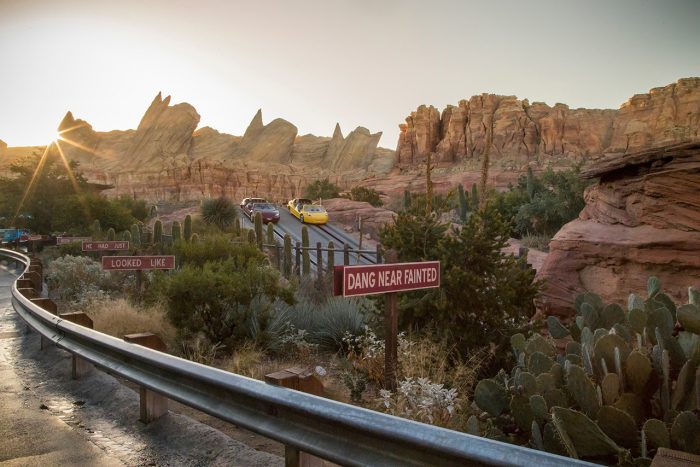
However, both the theme park and film environments were inspired by the real world Route 66. This is the ultimate guide to Radiator Springs, from the film to the theme park to the real life inspirations that crafted both.
Radiator Springs in the “Cars” Movies
Radiator Springs, as presented in the film Cars is a mix of numerous real life Route 66 references (we’ll get there). Interestingly, despite the… less than realistic elements of the Cars films, they do give the town of Radiator Springs a specific real world location.

According to the first film in the series, the town is located in the real northwestern corner of Arizona, granted within fictional Carburetor County, and was once a bustling metropolis until a newly constructed Interstate bypassed the town, quickly leading to it being mostly forgotten by the outside world. Icons of the town include Flo’s V-8 Cafe, the courthouse, and the Cozy Cone Motel.
Radiator Springs in Disney California Adventure
In 2012, a fully realized and scaled version of Radiator Springs opened in Cars Land as part of the multi-billion dollar expansion of Disney’s California Adventure theme park. The land — which features the town’s main drag capped off by a beautiful mountain range that serves as the facade for the Radiator Springs Racers Ride — is located in an area of the park that was previously the Timon parking lot.
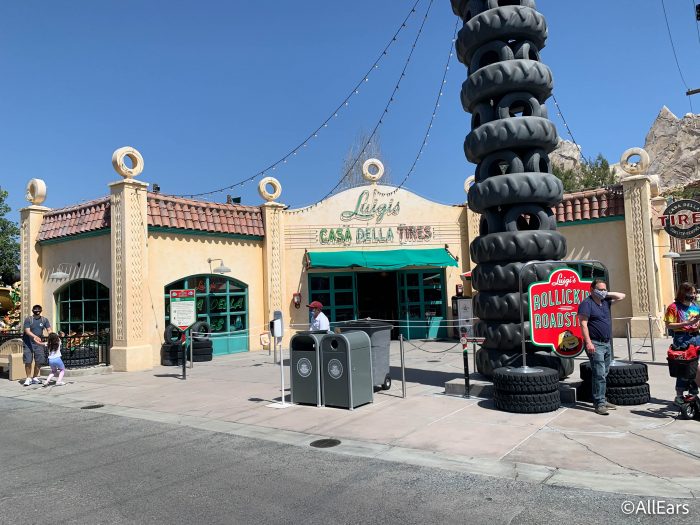
The land features two entrances. The first, accessible from the Pacific Wharf area of the park, allows guests to enter right at the start of the main drag and become fully enveloped by the themed environment as they slowly approach the main attraction. There’s a second entrance accessible from the Avengers Campus area of the park that deposits guests near the back of the land.
The Real Route 66
As we discussed above, Radiator Springs was heavily inspired by — and in some cases a direct imitation of — numerous areas along Route 66 — which was one of the original highway designations when the U.S. Highway System was established n the 1920s. The road began in downtown Chicago, and spanned 2,000 miles across the country traveling through Missouri, Kansas, Oklahoma, Texas, New Mexico, Arizona, and California before ending in the at the Santa Monica Pier in Los Angeles.
Route 66 quickly became one of the most popular and traveled roads in the country, being nicknamed the “main street of America.” Many of its towns, motels, and newly constructed roadside attractions became icons for those traveling to California. Route 66 became so culturally relevant that it inspired everything from hit songs to an early television series.
However, as the decades went on and the U.S. Interstate Highway System was expanded and refined, many towns on Route 66 were bypassed and in-turn lost the large amount of tourism dollars that drivers had generated, economically devastating them (and yes, inspiring the Cars plot-point discussed above).
Since Cars was so heavily inspired by Route 66, Pixar sent a crew of employees to various locations on the historic route while the film was developed. A crew member said around the time of the film’s release:
“As we traveled on Route 66, we were privileged to visit many places and to meet a number of people who live and work alongside ‘The Mother Road’.”
Some of the real life Route 66 towns and locations that inspired the film include:
Baxter Springs, Kansas, Peach Springs, Arizona, and Seligman, Arizona
These three towns heavily inspired the layout, environment, and culture of Radiator Springs. Each of them feature geographic mainstream layouts similar to the main drag seen in the film and theme park. In addition to sharing the “springs” name, both Baxter Springs and Peach Springs feature the same kind of kitschy shops and tourist items for sale that would inspire locations in the film like Lizzie’s Curio Shop.

In addition to a similar layout, Seligman, Arizona also features surrounding mountain ranges that would inspire the mountainous terrain featured both in the film and the theme park land.
All three towns have embraced the Cars franchise, using the popularity of the characters to drum up tourism and foot traffic, including selling memorabilia and features — sometimes life size — models off the film’s characters.
Wagon Wheel Motel
Located in Cuba, Missouri, the Wagon Wheel Motel is one of the most legendary venues along Route 66. First opened as a cafe in 1936, the hotel portion of the property opened in 1938. Throughout decades of change, both along Route 66 and the country at large, the Wagon Wheel has remained continuously open to this day, making it one of the longest lasting icons of Route 66.
In 2003, the motel was added to the National Register of Historic Places. A document by the Missouri Alliance for Historic Preservation wrote at the time, “The Wagon Wheel Motel in Cuba, Missouri is one such motel. It continues to operate in its original function, and in recent years has had overnight guests from all over the world, many of whom come thousands of miles to enjoy the historic ambiance of Route 66.”
The design of the hotel and its name heavily inspire the Wheel Well Motel, a ruined structure that Lightning McQueen and Sally visit during a particularly emotional part of the “Cars” film.
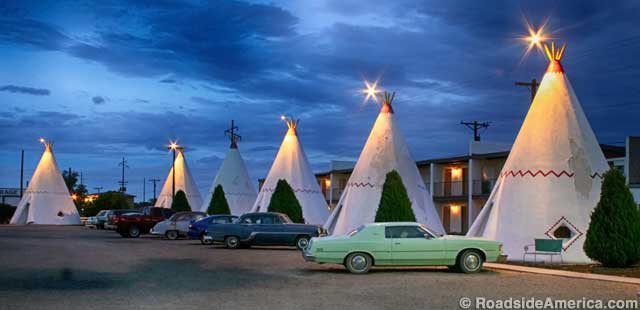
The Wigwam Motel Chain
Route 66 is known for many fantastical and themed pieces of construction meant to draw the eye – and the dollar – of passing drivers. Some of the best known were the small chain of Wigwam Motels. These motels featured rooms built to resemble gigantic Native American tipis, which at the time were colloquially (and incorrectly) referred to as Wigwams.
There were once seven locations, including several on Route 66. The best known is Wigwam #6, located on Route 66 in Holbrook, Arizona. This motel is still in business today, and features 15 concrete and steel “wigwams” surrounded by vintage restored automobiles.

The Wigwam motel heavily inspired the design of the Cozy Cone Motel – which features rooms shaped like gigantic traffic cones – featured in the film. The Cozy Cone was also recreated in Cars Land, this time tweaked to serve as a food court, with each “cone” offering different foods in cone form.
Jack Rabbit Trading Post
Located in Joseph City, Arizona, the Jack Rabbit Trading Post is a convenience store and curio shop. The store is best known for the massive billboard located outside which features a silhouette of a jack rabbit with the phrase “HERE IT IS!” The sign served as the inspiration for a very similar one located in both the film and theme park versions of Radiator Springs, advertising Lizzie’s Curio Shop with the same verbiage and a silhouette of a Model T.
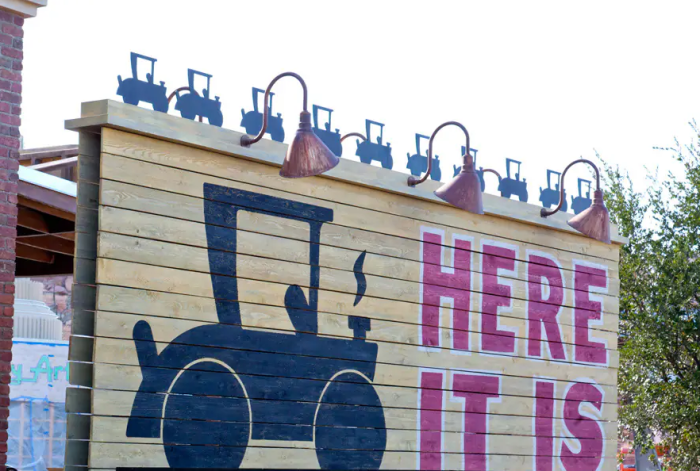
U-Drop Inn
The U-Drop Inn — the name itself is a pretty fantastic pun — was a gas station and cafe complex built in Shamrock, Texas. Opening in 1936, the establishment was an instant hit, being referred to as “the most up-to-date edifice of its kind on U.S. Highway 66 between Oklahoma City and Amarillo,” and “the swankiest of the swank eating places” in contemporary press reports. After falling into disrepair, the building was acquired by the city in the late 1990s, and since has been restored to serve as a chamber of commerce and small museum.

The distinctive art-deco architecture of the U-Drop served as the primary inspiration for Ramone’s House of Body Art, which is featured in the films and theme parks.
Tucumcari, New Mexico
Route 66 town Tucumcari, New Mexico, features the inspiration for two of the most striking visual elements in Radiator Springs. First off, there’s the Blue Swallow Motel. While the overall design aesthetic of the Cozy Cone was inspired by the aforementioned Wigwam Motel, the distinctive neon sign outside was inspired directly by the Blue Swallow.
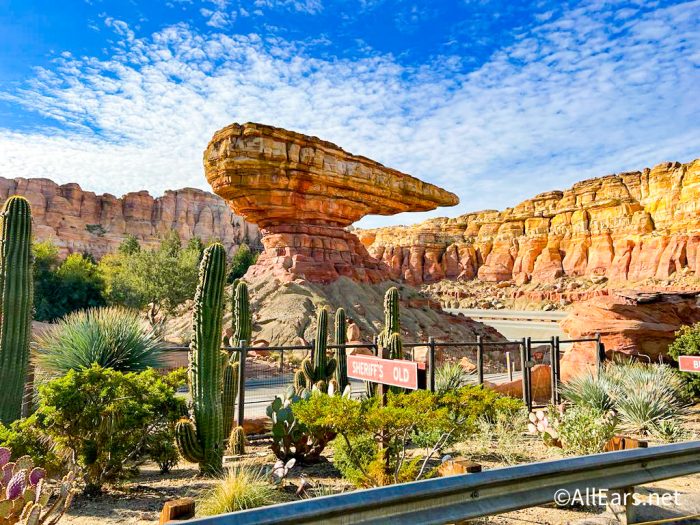
In addition, the radiator cap-shaped mountain that rises above Radiator Springs and features the town’s initials visible, is inspired by the Tucumcari Mountain, which has a similar shape and the town’s initials written on it.
Cadillac Range
One of the most striking visual elements of Radiator Springs is the Cadillac Range — a mountain range of “rock capes that look like the baroque tail fins of late-’50s Caddies” — that was partially recreated in gigantic scale at California Adventure. The visual is inspired by the Cadillac Range, a kitsch art project in Amarillo, Texas, that features a row of cars that are submerged nose-first in the ground.

Real People
Beyond locations, several of the characters in the Cars franchise are partially inspired by real important figures from Route 66 history. These include Flo (based on Fran Houser of the Midpoint Café in Texas), Sally (based on Dawn Welch of Oklahoma’s Rock Cafe) and Filmore (based on Bob Waldmire, a well-known Route 66 artist whose family owned the Cozy Dog Drive Inn).

That’s our look at where Radiator Springs is — as you can see, it’s “complicated”! Keep following All Ears for more Disney news and information!

Did you know that the fictional world of Radiator Springs of Cars and Cars Land fame was so heavily based on the real Route 66? Let us know in the comments below.

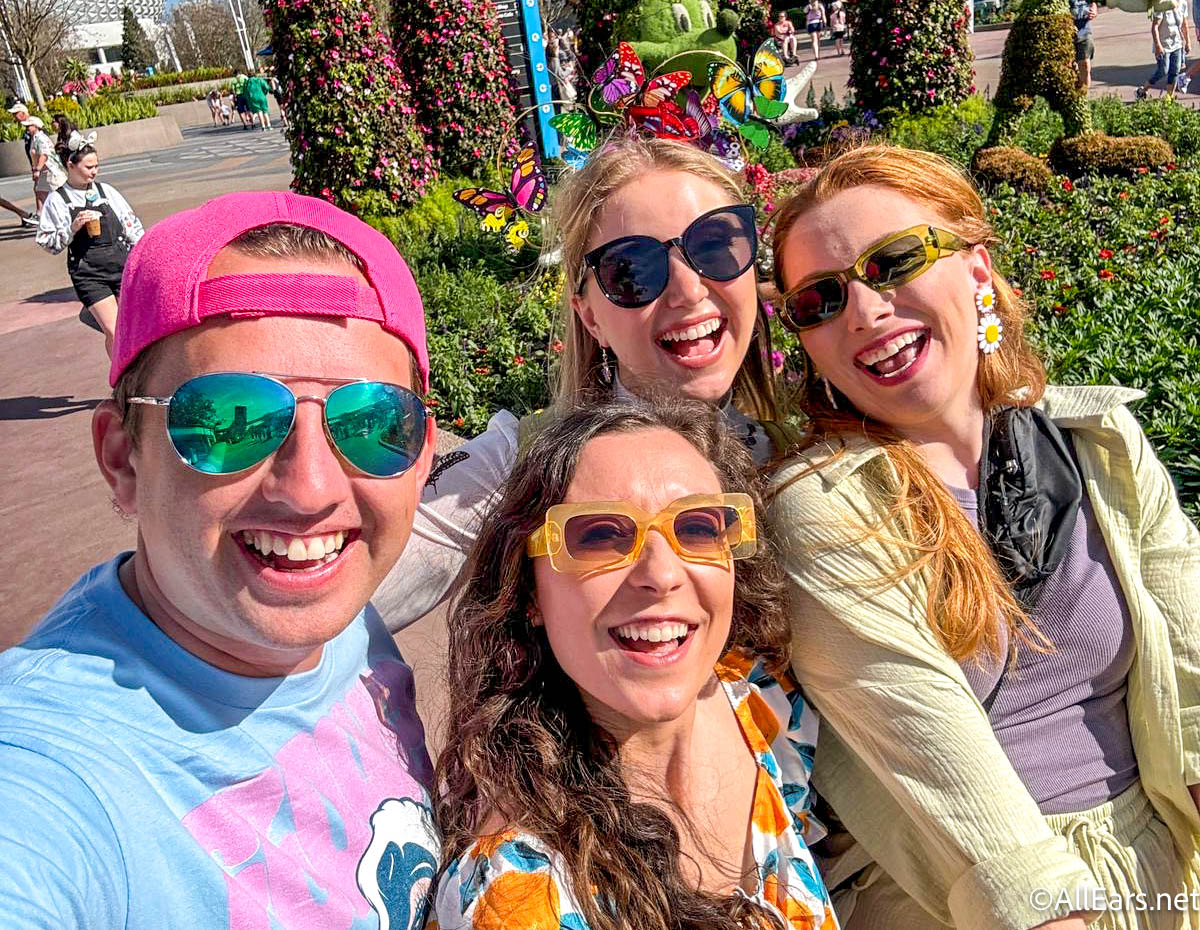
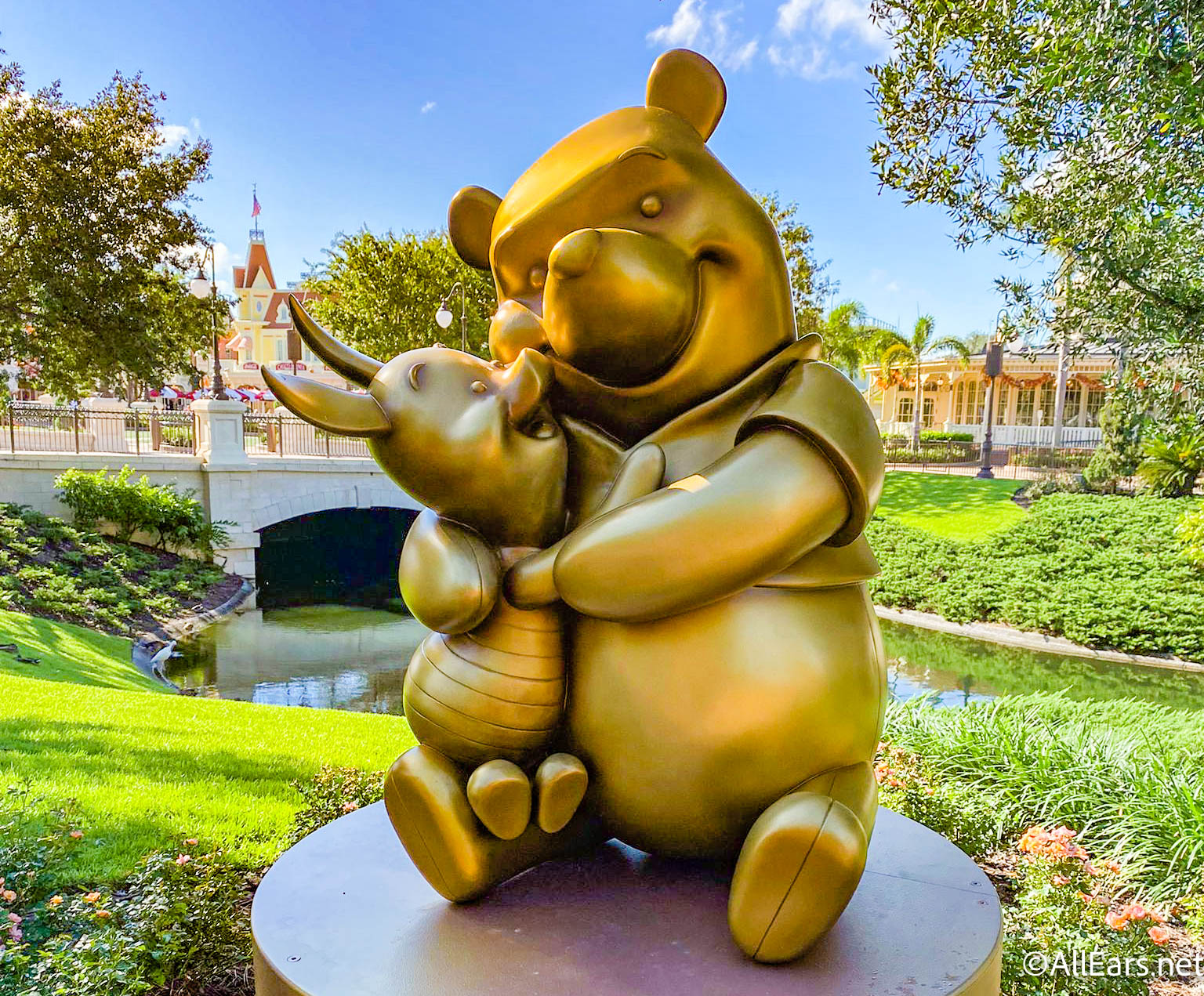


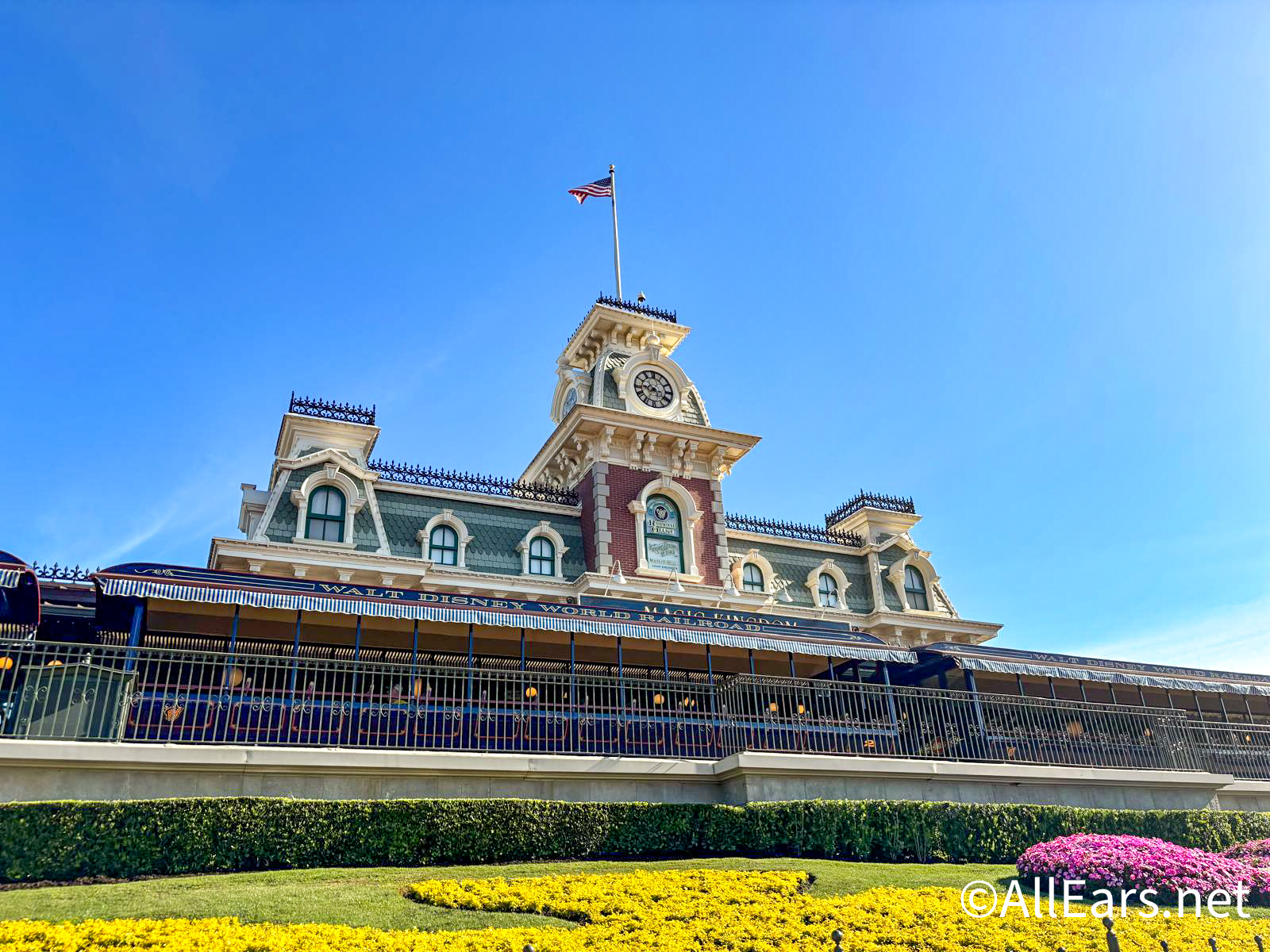
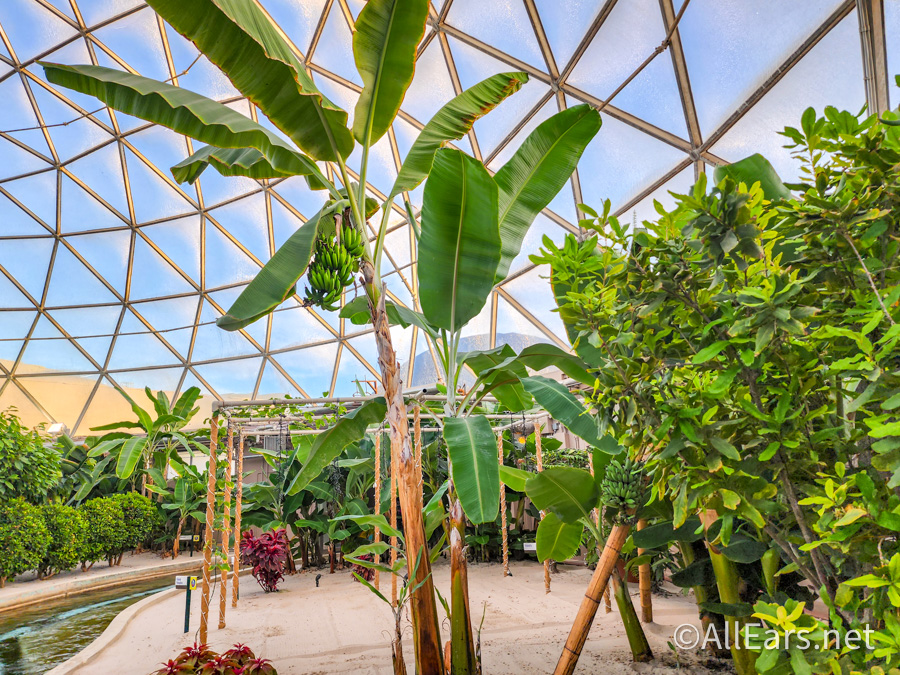
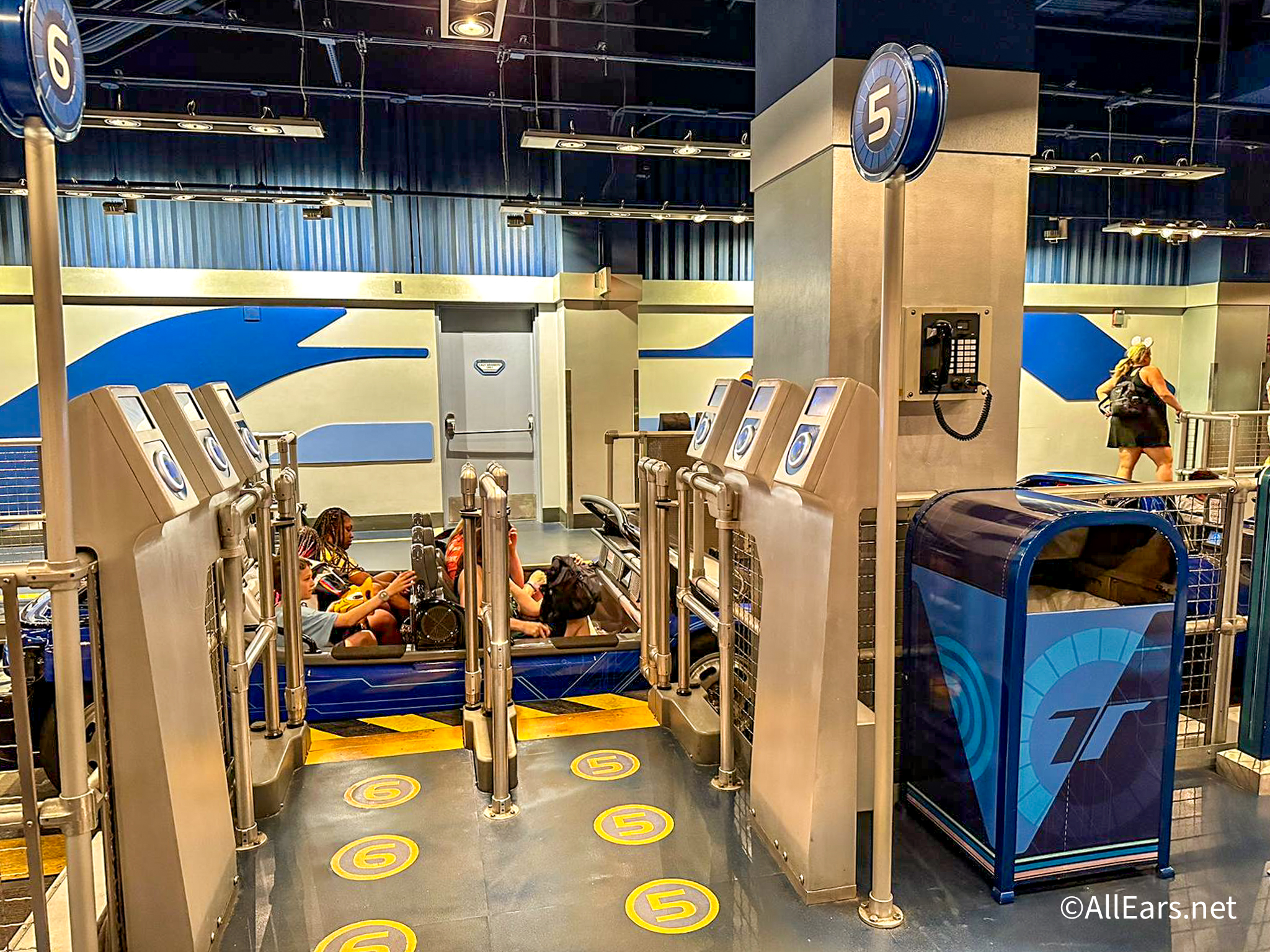
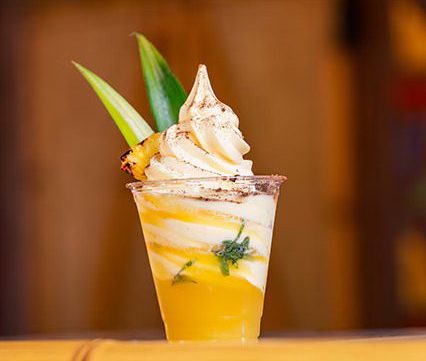
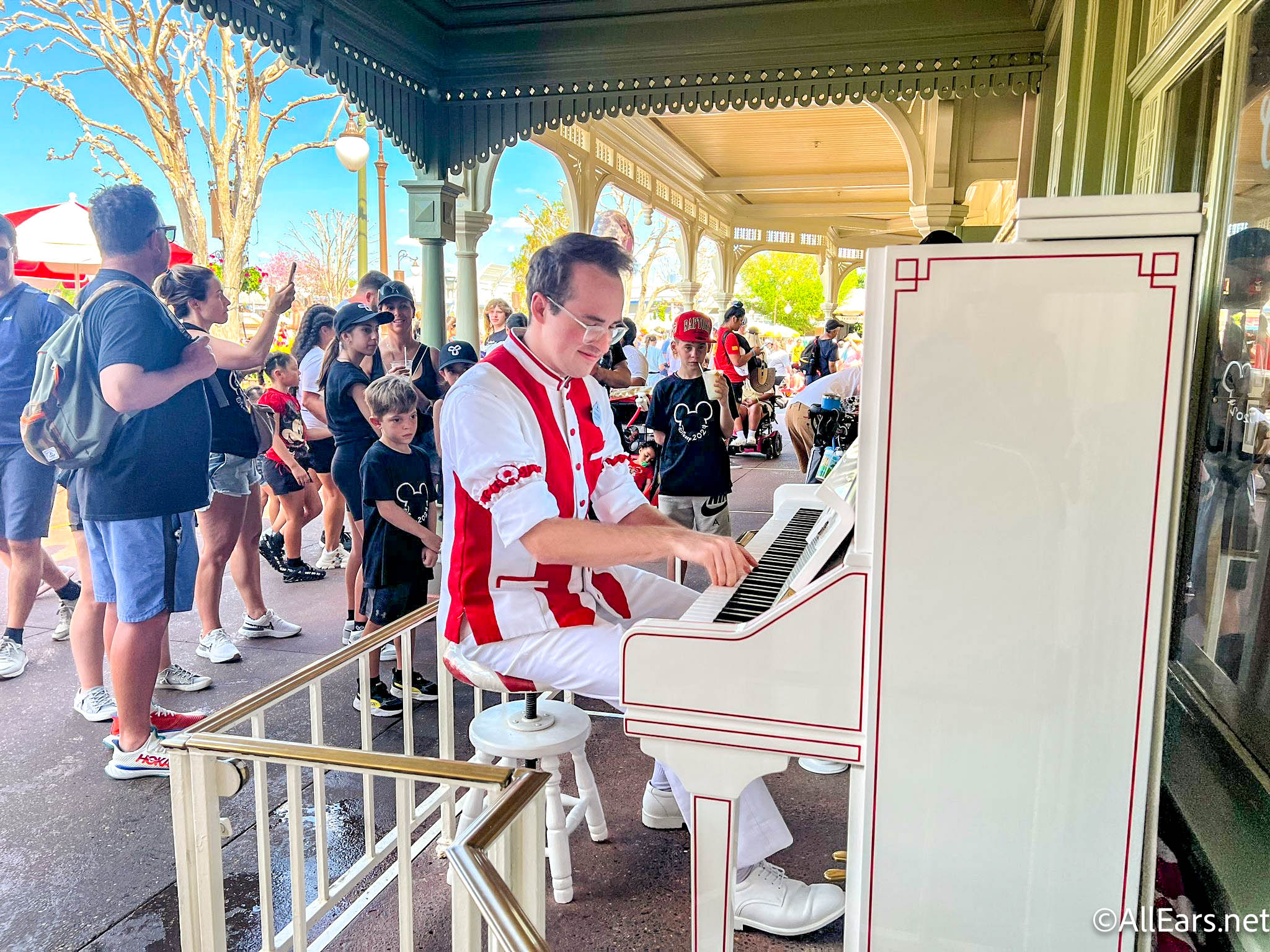
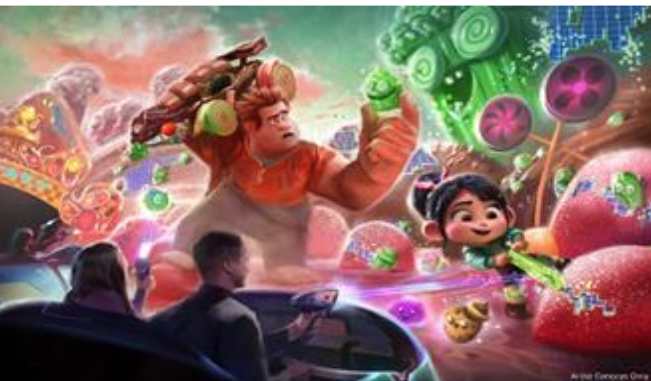

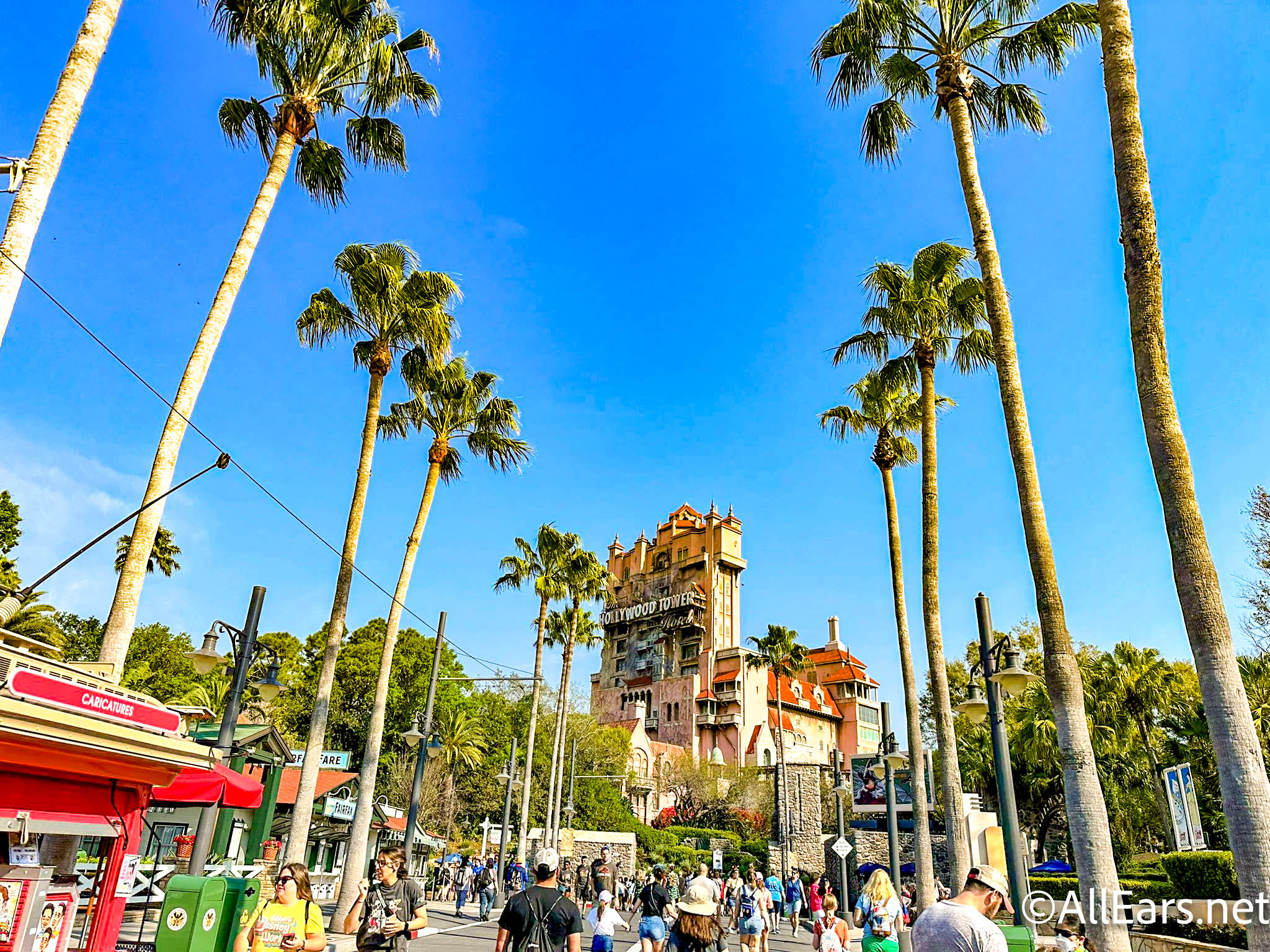
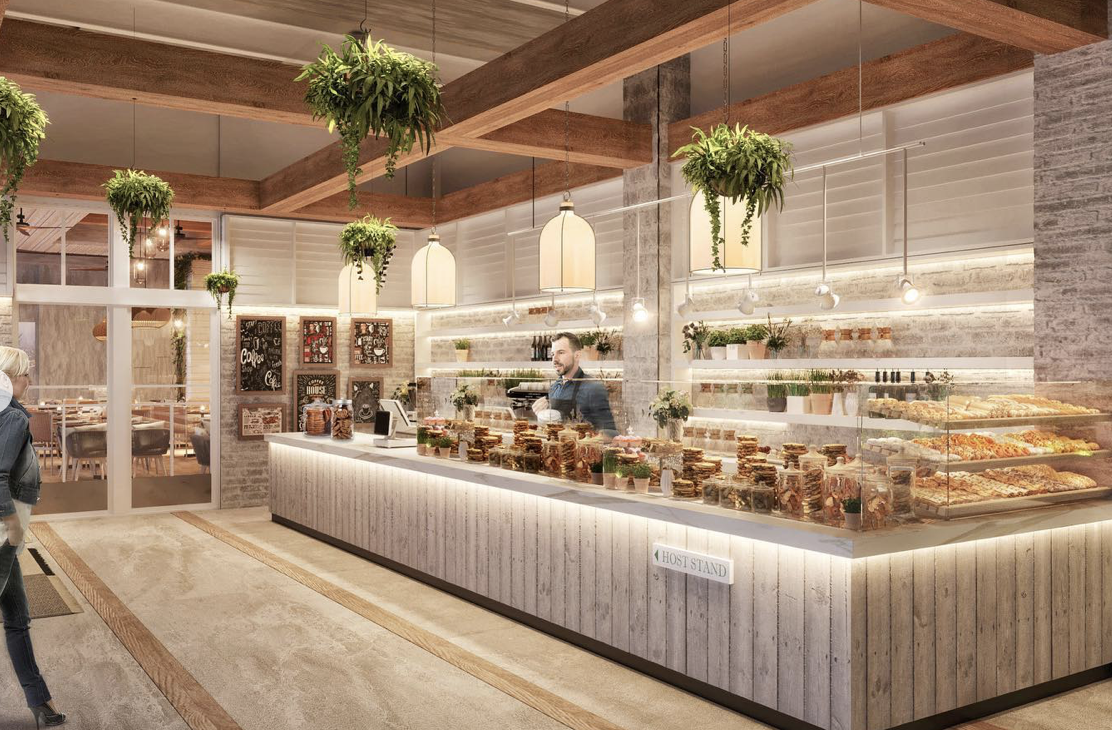
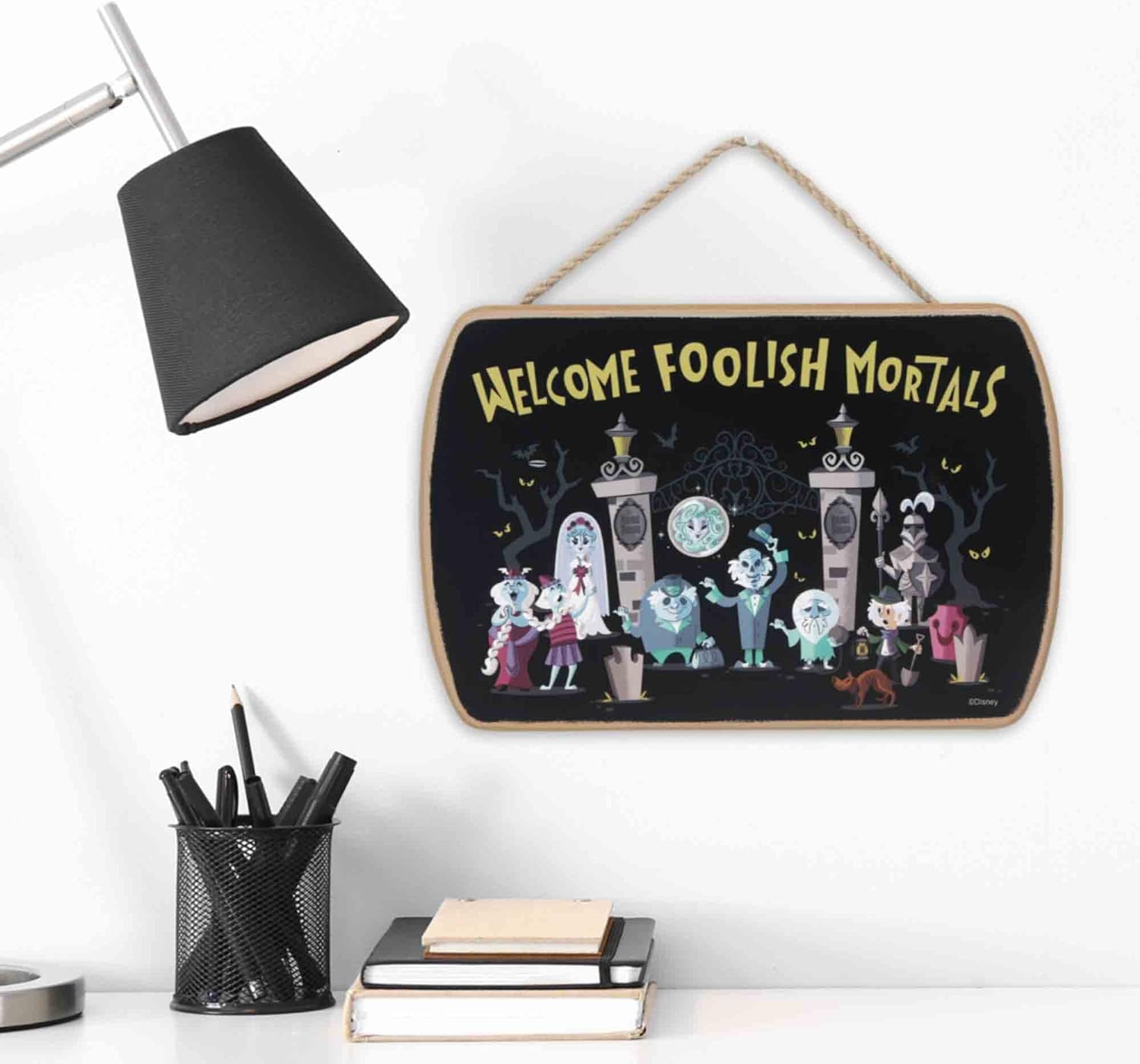
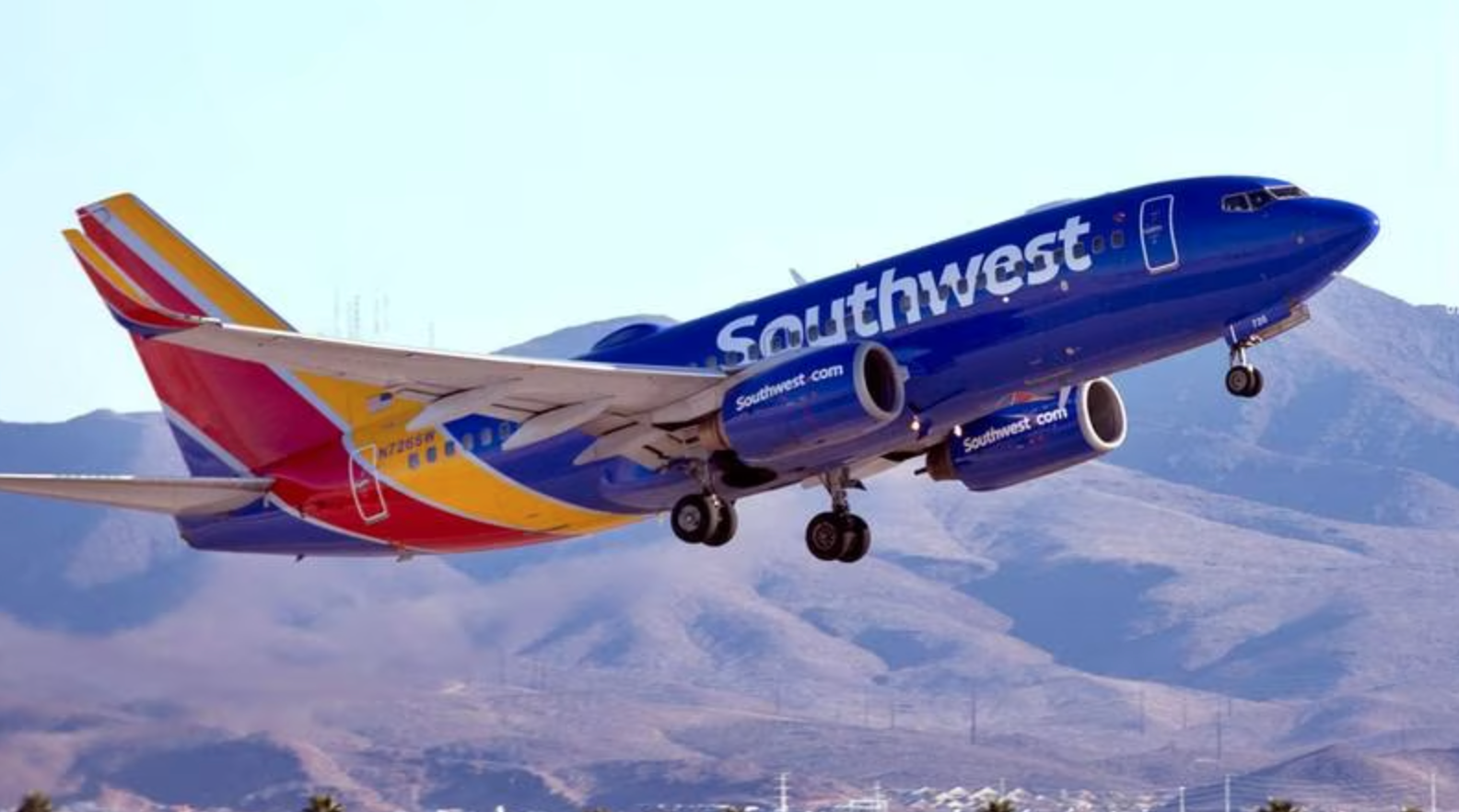



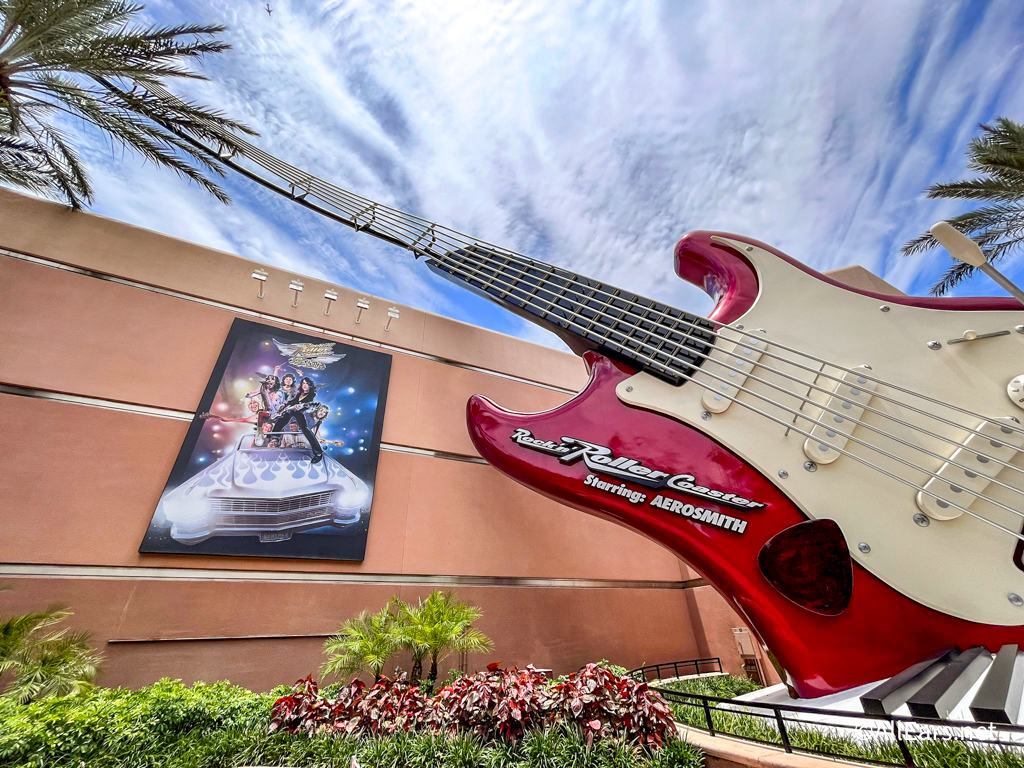
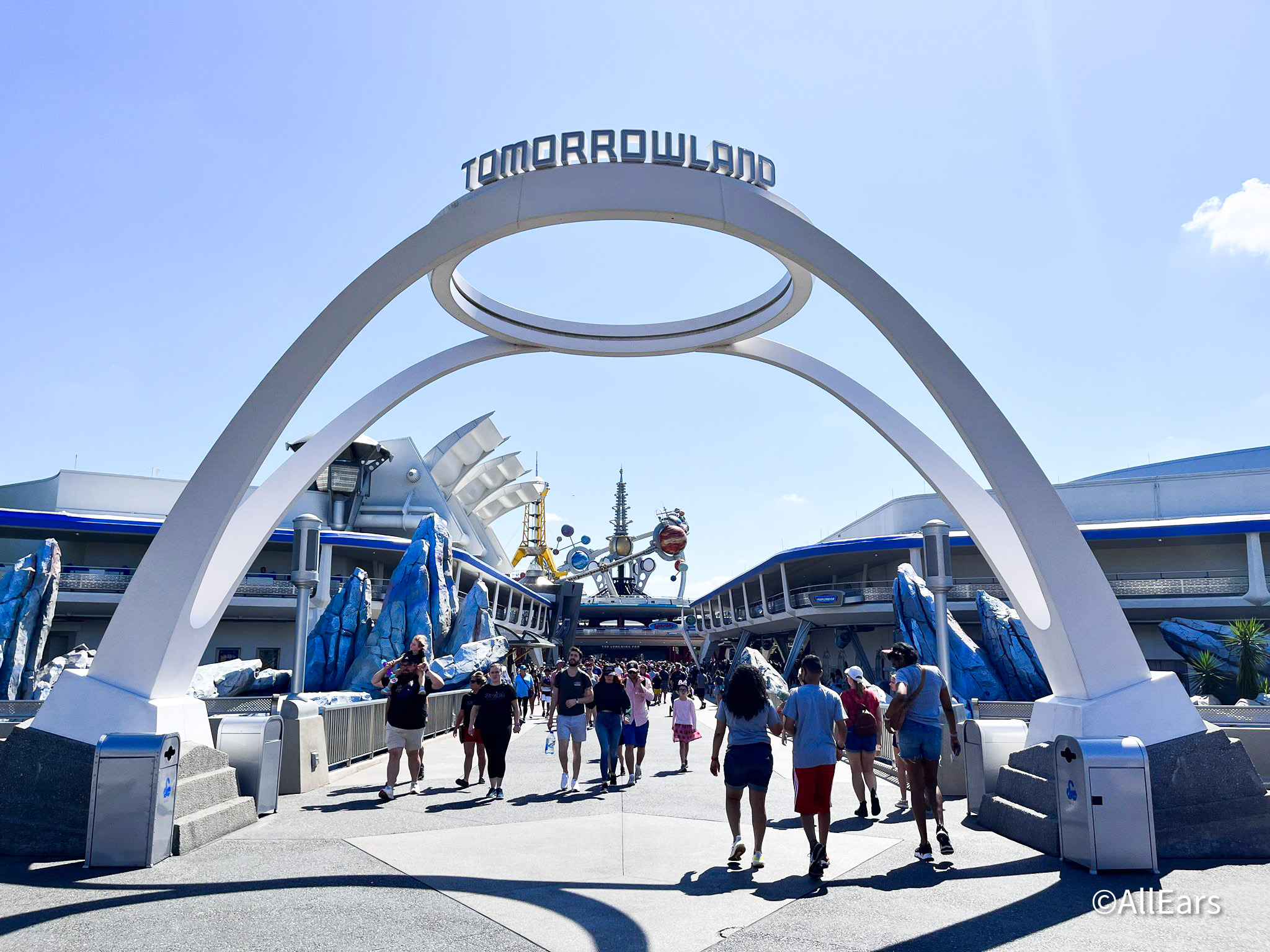

Bumper stickers indicate the location is San Bernardino County Ca.